Losing Weight with Yoga

Yoga offers many of benefits to the body, but one, in particular, is that it can help facilitate weight loss. Many experts will agree that doing yoga is one of the best ways to lose weight.
While it is true that yoga is not as fast-paced as some cardiovascular exercises, yoga poses can help in promoting body detoxification at a certain level. There are also some poses, specifically vinsaya flow and power yoga, which combine the benefits of both strength-training and cardio exercises.
How Often Should I Do Yoga to Lose Weight?
Now that you know that yoga does offer plenty of weight loss benefits, you may be wondering how much yoga you should do to reap weight loss benefits. How often should you do yoga to lose weight?
The truth is, you can do as much yoga as you want. At least, as much your lifestyle will allow you too. Some people do 30 to 60 minutes of yoga 3 to 5 times a day. But this is not the magic number. You can do 10 to 20 minutes of yoga every day if that is more suitable for your schedule.
Aside from practicing yoga on a regular basis, what other things can you do to make the most out of the weight loss benefits of yoga? Well, it seems like there are plenty! These are as follows:
Prioritize the mind/body connection.
The main purpose of yoga is to establish the connection between the mind and the body. It is also one of the reasons yoga can help people lose weight. It is only through maintaining a balance and connection between these two that you can make the most out of your workouts, curb your unhealthy cravings, and practice mindful eating.
So, before you focus on doing more difficult and more calorie burning poses, it’s important that you practice meditation first.
Do poses that use large muscle groups.
Yes, yoga is not as calorie burning or as athletic as some exercises are. But you can boost the calorie burn in your yoga sessions — choose poses that utilize large muscle groups. Aside from increasing the calorie burn, it can also improve the fat burning, muscle toning, and fitness benefits of the yoga session. Examples of these poses are lunges, warrior one and two.
In addition, you can also try the Vinsaya flow which requires you to be constantly on the move. To help you focus more on the core, you can also try the boat pose.
Try gentle and restorative yoga from time to time.
While it is true that Vinsaya yoga may be the first option for weight loss with yoga, there are also times when gentle and restorative yoga can also support weight loss.
This type of yoga can stimulate the parasympathetic nervous system. As a result, the digestive and respiratory systems are regulated. In fact, even the hormonal balance in the body is maintained. Once the parasympathetic nervous system is activated, you can easily control your hunger pangs and unhealthy cravings.
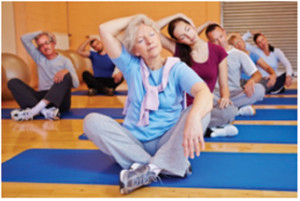 In addition to that, gentle and restorative of yoga can help to slow you down mentally. As a result, it would be easier for you to prevent eating caused by emotions.
In addition to that, gentle and restorative of yoga can help to slow you down mentally. As a result, it would be easier for you to prevent eating caused by emotions.
If you are a newbie, this is also the perfect kind of yoga to start!
Do it regularly.
It takes commitment before you can experience results. It’s important to invest time in doing yoga on a regular basis. No matter how effective poses, if you don’t do it regularly, you won’t see the desired results.
Don’t forget your diet.
Keep in mind that diet and workout go hand in hand; it’s a must that you pay attention to your diet too. Luckily, practicing yoga can help you make healthier food choices!
Conclusion
For decades, we have known that yoga comes with plenty of health benefits — not just physically, but mentally and emotionally.
With the tips mentioned above, you can surely be able to reap the fat and weight loss benefits that yoga is known for. Try out these tips, and for sure, you can be able to get rid of that excess weight and fats in no time!
Emily Brathen is founder of BodyShape101.com, a blog where she and her associates talk about exercise, fitness, and yoga. Their aim is to help people like you to achieve perfect body. BodyShape101 is concentrated on exercise & fitness tips, and making the most out of it. She is also a mother of one and she tries to find balance between her passion and her biggest joy in life.

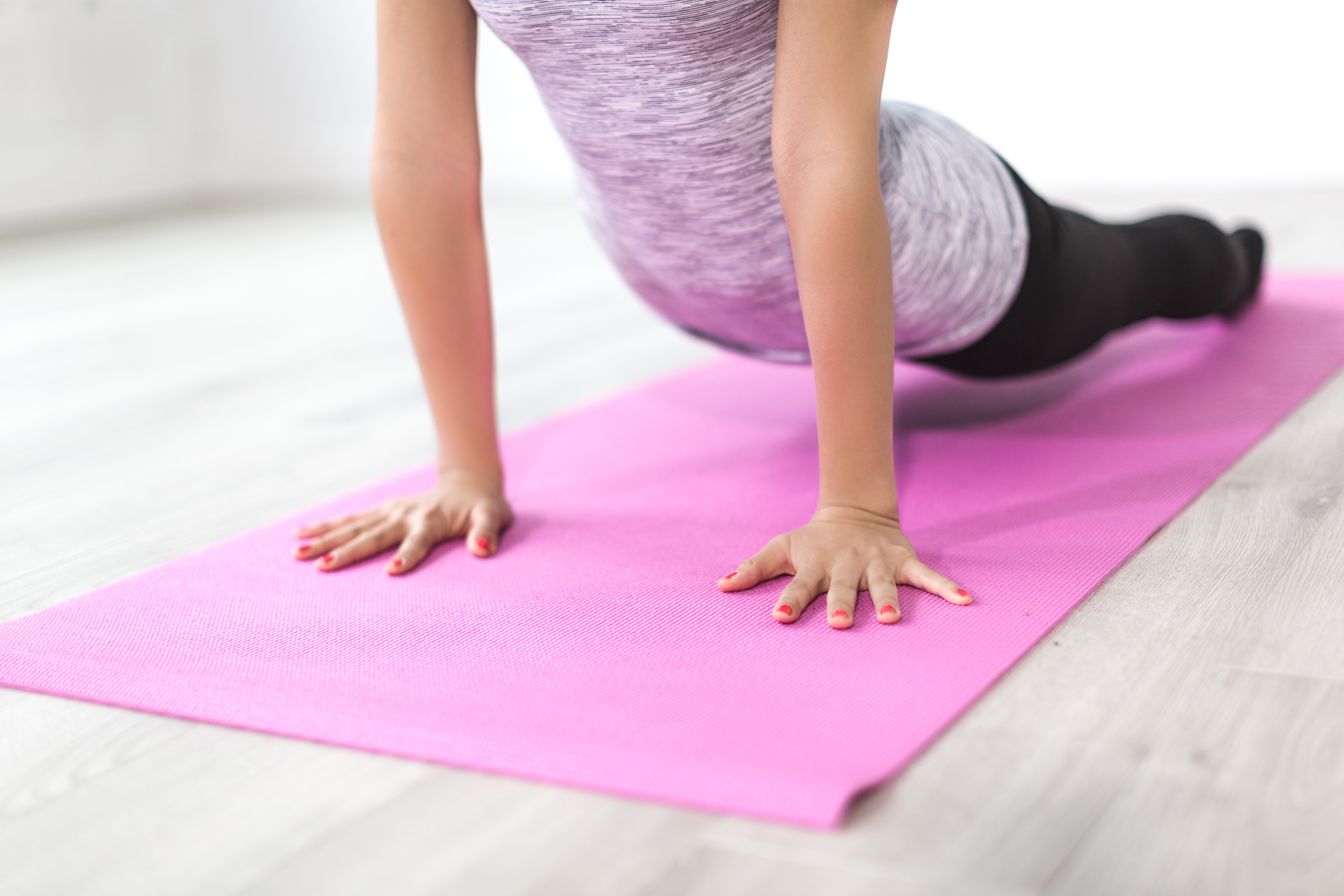
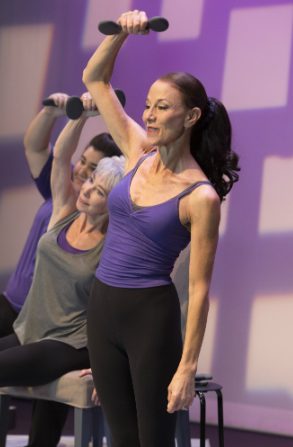
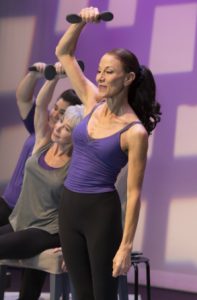 Many years ago in what feels like a land far, far away, my dance career was interrupted by a foot injury which slowed me down but it didn’t stop me. I was determined to stay active. So began the creation of, Chair Dancing®. This was over 25 years ago when the term didn’t quite bring to mind what you’re probably thinking about now which leads us to our updated name, Chair Dancing® Fitness and I’m still in business.
Many years ago in what feels like a land far, far away, my dance career was interrupted by a foot injury which slowed me down but it didn’t stop me. I was determined to stay active. So began the creation of, Chair Dancing®. This was over 25 years ago when the term didn’t quite bring to mind what you’re probably thinking about now which leads us to our updated name, Chair Dancing® Fitness and I’m still in business.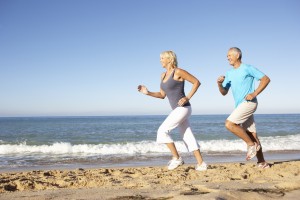
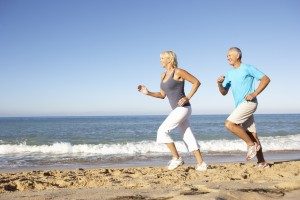 In this article, we will discuss some simple tips on how you can run safely with diabetes. There is no reason for you to quit running just because you have the condition. In fact, being able to
In this article, we will discuss some simple tips on how you can run safely with diabetes. There is no reason for you to quit running just because you have the condition. In fact, being able to 
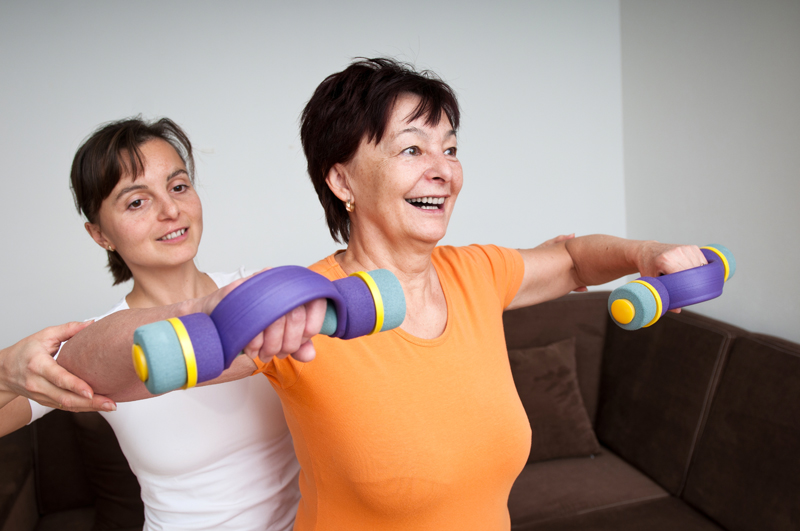
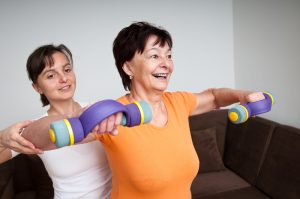 What exactly causes Multiple Sclerosis is not known but there are symptoms to look out for. The symptoms are fatigue, walking difficulties, vision problems, spasticity or stiffness, weakness, bladder problems, depression, dizziness or vertigo, emotional changes, cognitive changes, pain, headaches, tremors and breathing problems. Exercise prescriptions need to be planned according to the symptoms that are being presented. Each time you work with your trainer talk to them about how you feel that day. This will help to ensure that you don’t overdo a workout.
What exactly causes Multiple Sclerosis is not known but there are symptoms to look out for. The symptoms are fatigue, walking difficulties, vision problems, spasticity or stiffness, weakness, bladder problems, depression, dizziness or vertigo, emotional changes, cognitive changes, pain, headaches, tremors and breathing problems. Exercise prescriptions need to be planned according to the symptoms that are being presented. Each time you work with your trainer talk to them about how you feel that day. This will help to ensure that you don’t overdo a workout.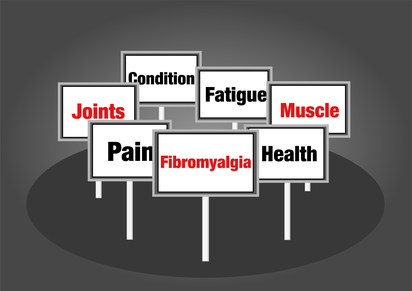
 If this sounds familiar, you’re not alone. Hundreds of millions of people live with chronic pain. In the United States alone, tens of millions of individuals suffer from
If this sounds familiar, you’re not alone. Hundreds of millions of people live with chronic pain. In the United States alone, tens of millions of individuals suffer from  y are these techniques so powerful? The answer might have something to do with cortisol, the stress hormone. Many doctors now screen chronic pain patients for cortisol levels. Cortisol levels can be naturally reduced through lowering environmental stress factors. Activities such as yoga, meditation and massage also help by stimulating a calming neurotransmitter in the brain.
y are these techniques so powerful? The answer might have something to do with cortisol, the stress hormone. Many doctors now screen chronic pain patients for cortisol levels. Cortisol levels can be naturally reduced through lowering environmental stress factors. Activities such as yoga, meditation and massage also help by stimulating a calming neurotransmitter in the brain.

 If You Are Making Excuses, You Are Not Sold Out On Reaching Your Goals! Don’t Be A Quitter!
If You Are Making Excuses, You Are Not Sold Out On Reaching Your Goals! Don’t Be A Quitter! Recruit others to share the vision, advise, hold accountable, support and mentor you.
Recruit others to share the vision, advise, hold accountable, support and mentor you.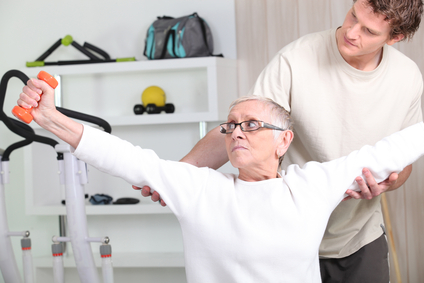



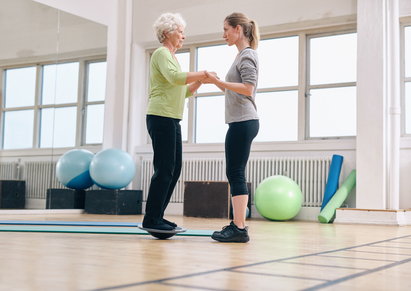
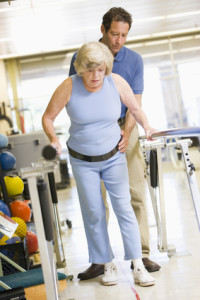 Balance Training
Balance Training